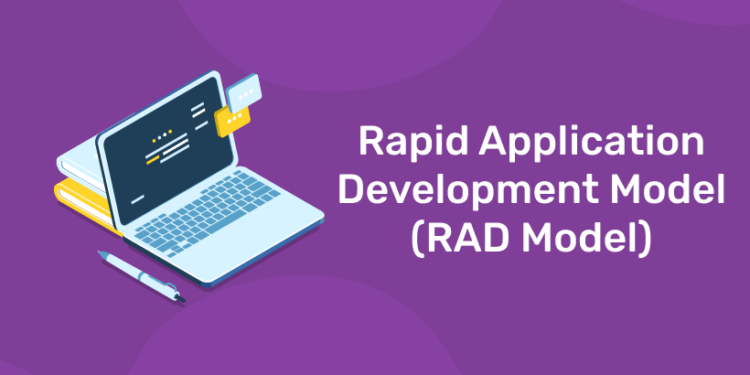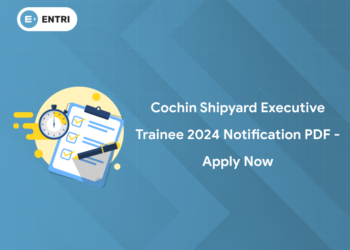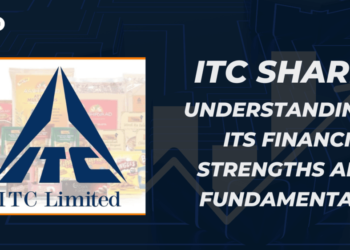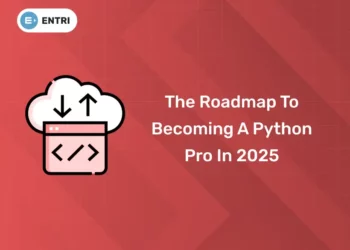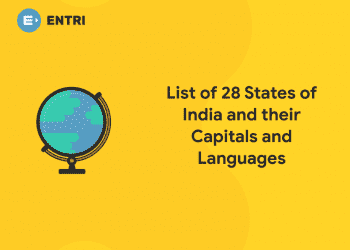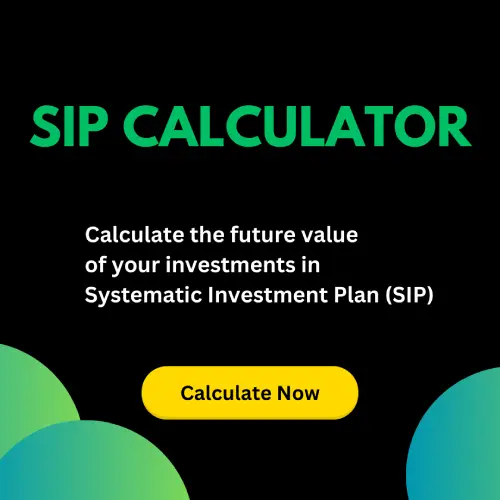Software is much more than a set of instructions. A program is a piece of executable code that performs some computational function. Software is defined as a collection of executable programming code, libraries, and documentation. When software is created for a specific purpose, it is referred to as a software product. Engineering, on the other hand, is all about creating products through the application of well-defined, scientific principles and methods. Software engineering is a branch of engineering concerned with the creation of software products using well-defined scientific principles, methods, and procedures. Software engineering produces an efficient and dependable software product. Software engineering is the establishment and application of sound engineering principles to produce cost-effective software that is reliable and efficient on real machines.
Learn Machine Learning concepts from experts
What exactly is software engineering? It is a branch of engineering concerned with the creation of software products. It operates according to a set of principles, best practices, and methodologies that have been fine-tuned through time and are subject to change as software and technology advance. The final result of software engineering is a product that is dependable, efficient, and successful at its task. While software engineering can result in products that do not do this, the product is almost always returned to the manufacturing stage. The application of a systematic, disciplined, quantifiable approach to the development, operation, and maintenance of software; also known as software engineering.
RAD Model in Software Engineering
In the 1980s, IBM proposed the Rapid Application Development Model. The use of powerful development tools and techniques is a critical feature of this model. This model can be used to implement a software project if it can be divided into small modules that can be assigned to separate teams independently. Finally, these modules can be combined to form the final product. As shown in the figure, the development of each module involves the various basic steps of the waterfall model, namely analyzing, designing, coding, and testing. Another notable feature of this model is the short time frame for delivery (time-box), which is typically 60-90 days. This model is divided into four basic phases.
- Requirements Planning: It entails the use of various requirements elicitation techniques such as brainstorming, task analysis, form analysis, user scenarios, FAST (Facilitated Application Development Technique), and so on. It also includes the entire structured plan that describes the critical data, how to obtain it, and how to process it to form a final refined model.
- User Description: This phase entails gathering user feedback and creating the prototype with developer tools. In other words, it entails re-examining and validating the data gathered in the first phase. During this phase, the dataset attributes are also identified and explained.
- Construction: The prototype is refined and delivered during this phase. It entails using powerful automated tools to convert processes and data models into the final working product. This phase includes all necessary modifications and enhancements.
- Cutover: All interfaces between the independent modules developed by separate teams must be thoroughly tested. The use of powerfully automated tools and subparts facilitates testing. This is followed by user acceptance testing.
The RAD model uses data gathered during workshops and other focus groups to determine what customers want from the product. The initial product is also tested, which aids in the creation of the final product and the continued use of the product’s proven effective parts.
Join Entri and Build a career in Machine Learning
When creating a RAD model, several stages must be completed, including analysis, design, construction, and final testing. These steps can be broken down to make them more understandable and achievable. The following process is included in all RAD models:
- Business Modelling
The RAD model’s business modeling step collects information from the company obtained from a variety of business-related sources. This information is then combined into a useful description of how the data can be used after it has been processed, as well as what makes this particular information successful for the industry.
- Data Modelling
All of the information gathered during the Business Modeling phase is analyzed during the Data Modeling stage. The information is grouped into different groups that can be useful to the company as a result of the analysis. Each data group’s quality is carefully examined and accurately described. During this phase of the RAD model, a relationship between these groups and their usefulness, as defined in the Business Modeling step, is also established.
- Process Modelling
The Process Modeling phase of the RAD model procedure is where all of the information groups gathered during the Data Modeling step are converted into the required usable information. Changes and optimizations can be made during the Process Modeling stage, and data sets can be further defined. During this phase, any descriptions for adding, removing, or changing data objects are also created.
- Application Generation
The Application Generation step involves coding all of the information gathered and building the system that will be used to create the prototype. In the following step, the data models are transformed into actual prototypes that can be tested.
- Testing and Turnover
The Testing and Turnover stage allows for more efficient testing of the prototypes created. Each model is tested separately to quickly identify and adapt the components to create the most effective product. Because the majority of the elements have already been examined, your prototype should be free of major flaws.
Advantages of RAD Model
When the customer’s requirements are well-defined, the user is involved throughout the life cycle, the project can be time-boxed, functionality is delivered in increments, high performance is not required, technical risks are low, and the system can be modularized. In these cases, the RAD Model can be used. The key Advantages are:
- The use of reusable components contributes to a shorter project cycle time.
- Customer feedback is available in the early stages.
- Costs are reduced because fewer developers are required.
- The use of powerful development tools results in higher-quality products in a shorter period of time.
- The various stages can be used to track the project’s progress and development.
- Because of the short iteration periods, it is easier to accommodate changing requirements.
There are some disadvantages too:
- The use of powerful and efficient tools necessitates the use of highly skilled professionals.
- The lack of reusable components can lead to project failure.
- To complete the project on time, the team leader must collaborate closely with the developers and customers.
- This model cannot be used for systems that cannot be properly modularized.
- Throughout the life cycle, customer involvement is required.
- It is not intended for small-scale projects because the cost of using automated tools and techniques may exceed the entire project budget.
Applications of RAD Model
- This model should be utilized for a system with well-defined requirements and a quick development period.
- It is also appropriate for projects where needs may be modularized and reusable components can be developed.
- When current system components can be utilized to construct a new system with few changes, the model may also be utilized.
- This methodology can only be applied if the teams are made up of domain experts. This is due to the requirement for appropriate information and the capacity to employ effective tactics.
- When the budget allows for the use of automated tools and procedures, the model should be chosen.
Wrap up
When a customer requires a product quickly, RAD models can be quite successful. It is also the best model to use when the prototype will be changed throughout the process before the final product is produced. It is critical to understand that the RAD model is only valid when there are a large number of qualified developers and engineers available to work on the product’s advancement. The customer must also remain committed to the process and the timeline for model completion.



